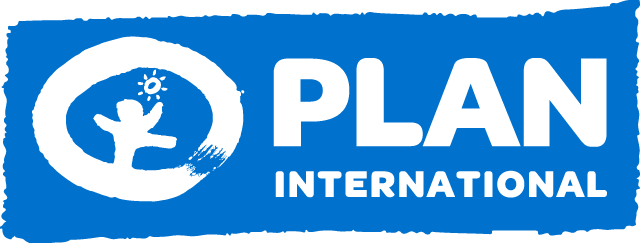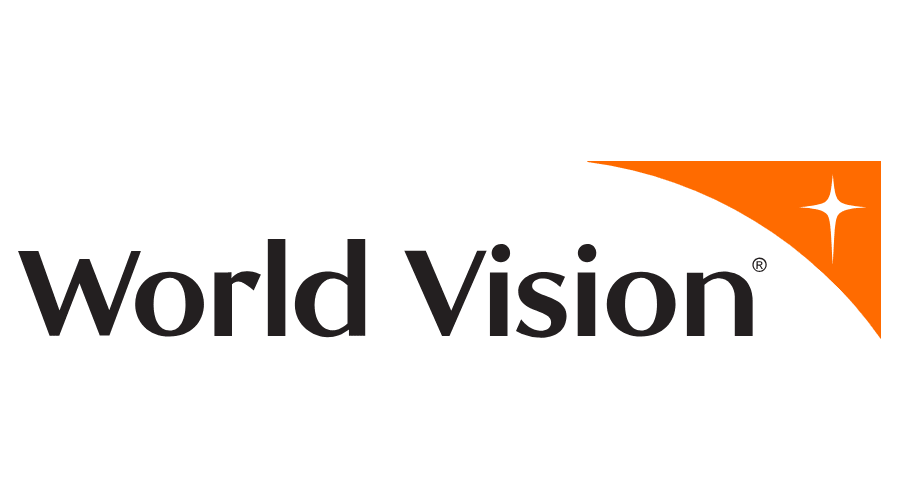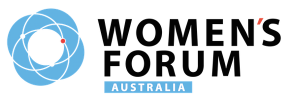Of course we are not Physiotherapists or Chiropractors, so will take care to stick to the known facts of these two professions.
Modern Physiotherapy focuses on rehabilitation using electro-therapies, taping and exercise prescription. Their three year training limits hands on care and diagnosis. Indeed, physios in Victoria are graduating with little to no education in hands on treatment. Their forte is exercise and rehabilitation. They are now very similar to Exercise Physiologists.
Traditional Chiropractic treatment is usually very quick, sometimes less than 5 minutes, and is based on the disproven concept of spinal subluxation, which claims that constant recurring mechanical disturbances of the spinal vertebrae compress the spinal nerves as they exit the spinal cord via the boney vertebrae. This is bunkum.
However, modern Chiropractic education is long, arduous and very comprehensive, and so their rationale and treatment has moved on from subluxation … mostly. It is the short, fast, spine focussed, single adjustment treatment which is indicative of a chiro who is working from the lucrative subluxation model. Treatment is usually based on X-rays and treatment is focused on the spine using manipulation done with collapsing bench parts and spring guns.
Osteopathy is a non-Cartesian form of medicine. It looks at and aims to influence the mechanical and hydraulic function of the whole body. The body is a single, contained unit, where function of the body is determined by the structure of the body, and vice versa. (That seems like a no brainer, I know. But it is undervalued or plainly ignored in every other discipline of medicine). So a contraction or strain in the myofascia of the musculoskeletal system necessarily has a universal compressive affect on the fluid dynamics of this single unit. With strains and contractures removed, (and good nutrition from a complete diet) the body will function optimally; to move more efficiently and with less restriction and pain. Internally, arterial, venous and capillary blood flow, lymph, gastric juices, CSF, food, hormones, vitreous humour, bile, mucous and even ova and sperm, are able to travel better against lower pressures that are caused by the aforementioned abnormal myofascial contraction.
Osteopathy is not defined by technique, or limited by so-called Evidence Based Medicine (EBM), a concept that has been corrupted, which is always out of date - by the time it reaches the clinic, that ‘evidence is on average seven years out of dat) and has little to no relevance to the uniquely presenting individual. We cannot extrapolate from 50,000 middle aged men who participated in a study run by year three physiotherapist students in the USA to a youngish Australian woman being treated for a similar but never identical complaint by an osteopath with 35 years of experience. Obversely, it is absurd to extrapolate from one young Australian women with back pain to 50,000 men with back pain in the USA.
Our evidence lies in the body if the patient, and what the patient reports before and after osteopathic treatment.
So in Osteopathic medicine, N always and only equals 1. The only body we are considering is the one on the bench before us, and the only evidence we need to value is our own accumulation of experience and the evidence we glean from what is reported to us by the patient before and after treatment.
So Osteopaths are trained in a vast range of techniques and subjects such as joint mobilization, spinal manipulation, exercise, stretching, soft tissue massage, myofascial technique, MET, inhibition, strain-counterstrain, functional technique, as well as the 5 years of anatomy, physiology, pathophysiology, physical examination, neurology, nutrition, orthopaedics, pharmacology, symptomatology, radiology, rheumatology, psychology, research technique and much more.
That’s what we Osteopaths do. What others do, we don’t really know.






